Junkyard Shopping Adventures: D100 Parts For the A100, Now With Bonus LBJ Speech

On Tuesday, after I got home from photographing today’s Junkyard Find, I got to thinking about the ’68 D-100’s factory AM radio. It looked to be identical to the nonfunctional radio in my 1966 Dodge A100 project van. Maybe the one in the pickup still works, I thought, so I had to return yesterday to grab it.
The radio in my van turns out to be exactly the same type of unit. It powers up, but emits only terrible static.
Chrysler used a seriously low-budget approach to truck AM radios in the mid-to-late 1960s; the entire faceplate of the radio must be removed to get the guts out from behind the dash. This is the front of the radio, minus the faceplate. Note the high-tech source of dial illumination. Dodge owners back in the day needed to be really motivated to change this light bulb, because getting to it requires a lot of futzing with fiddly, easily-dropped small fasteners.
Success!
I also picked up the heater blower fan from the D-100, because the one I pulled from a junkyard A100 over the winter turned out to be just as busted as the one in my van.
Both the fuel gauge in my van and the one I pulled from the junked A100 in February were bad as well, so we’ll see if the low-bidder vendor that made the D-100’s fuel gauge did a better job.
While I was rooting around behind the dash, I found this nice bonus: a Lone Star Beer bottle opener.
I haven’t tested the new radio yet, but I noticed this date stamp when I added the goodies to my A100 parts stash: September 29, 1967.
I don’t remember that day, being only 18 months old at the time, but a quick search revealed that LBJ made an important Vietnam speech on the day this radio was manufactured. History!

Murilee Martin is the pen name of Phil Greden, a writer who has lived in Minnesota, California, Georgia and (now) Colorado. He has toiled at copywriting, technical writing, junkmail writing, fiction writing and now automotive writing. He has owned many terrible vehicles and some good ones. He spends a great deal of time in self-service junkyards. These days, he writes for publications including Autoweek, Autoblog, Hagerty, The Truth About Cars and Capital One.
More by Murilee Martin
Latest Car Reviews
Read moreLatest Product Reviews
Read moreRecent Comments
- Ollicat Another Biden attempt to say, "Look over there!"
- Kjhkjlhkjhkljh kljhjkhjklhkjh Who cares. Price of gas is not the issue. spending an extra 100$ a month over 4 tanks of gas is not the issue.this a political scam to distract really dumb people from the real issue. if rent and house payments were not up by 50% to as high as 150% higher in a ton of locations, then paying an extra 100$ in gas would be annoying but not really an issue. But the real-estate market with hedge fund investors, power-relator groups bought a ton of houses and flipped them into rentals and jacked up the rates uplifting the costs on everything else. and ironically no-one seems to be in any hurry to build more houses to bring those costs down because supply and demand means keeping less houses available to charge as much as you want. It is also not the issue as a secondary issue is child care costs and medical... again 100$ extra per month in gas is *nothing* compared to 800$ a month in ''child care'' and 300$ per visit to the doctor office, 300$ for a procedure less dentist trip..
- Ajla Is there something proprietary or installed on the moon with these that I'm not aware of?
- Tane94 Awaiting the EV3 unveil this month. Kia continues to lead, though I will miss the Soul
- Jeanbaptiste I know this will never be seen, but the real answer is NO Government mandated tech. The reason why is that when the government mandates something, we miss out on signals that the free market will give to weather or not people actually want this or that this tech would actually help. It's like mandating AM radio for cars when people could just buy a $10 am radio if they really like am so much.

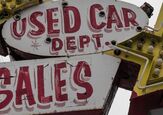
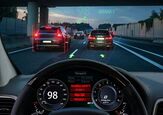
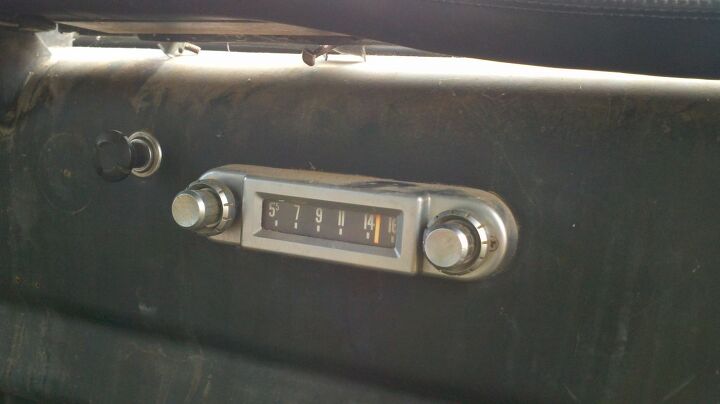


















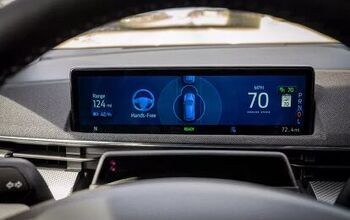
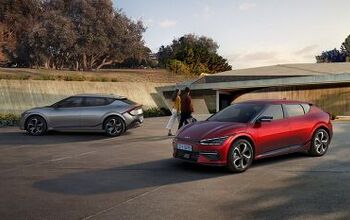

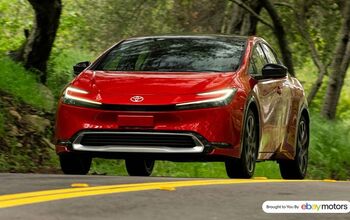
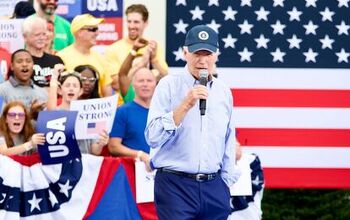
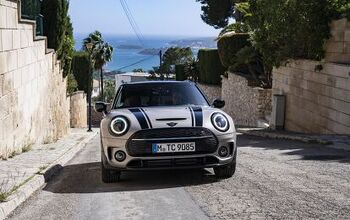
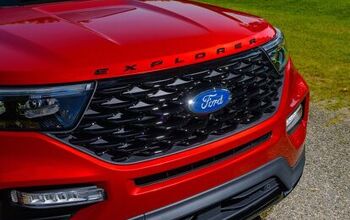
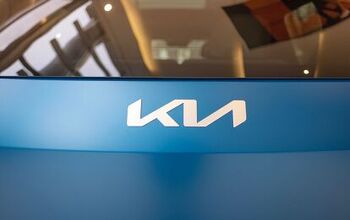

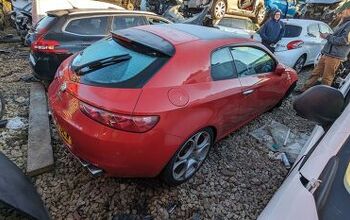
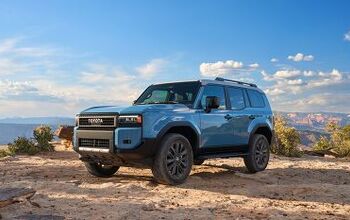
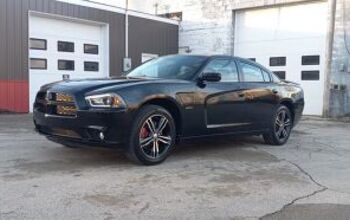
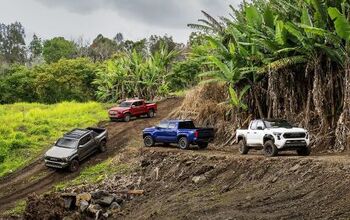
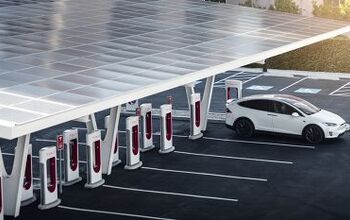

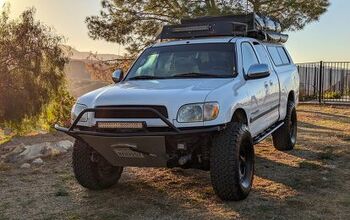
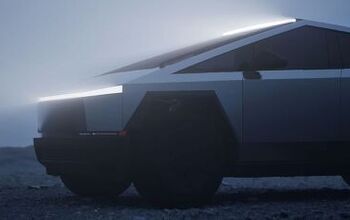
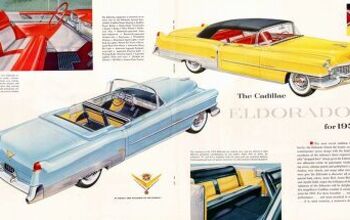
Comments
Join the conversation
"The D-series pick-ups of that era, when equipped with an automatic, also had the dash shifter. Probably cheaper than designing a whole new steering column…" My grandfather's last vehicle was a 1971 D series pickup. It had Torqueflite automatic, with same column shifter as our Plymouth wagon. Maybe Mopar had to make a change from dash to column shifters when ignition key locks were mandated. ?
My current car was purchased the same calendar day (but different year) my wife and I got married.